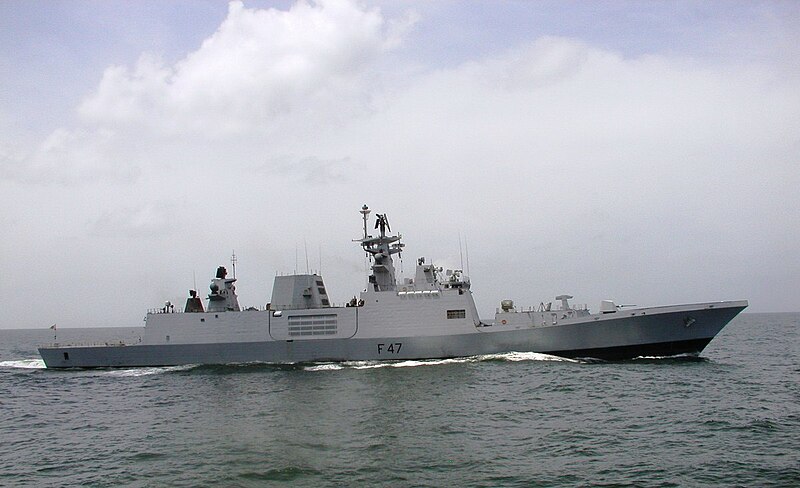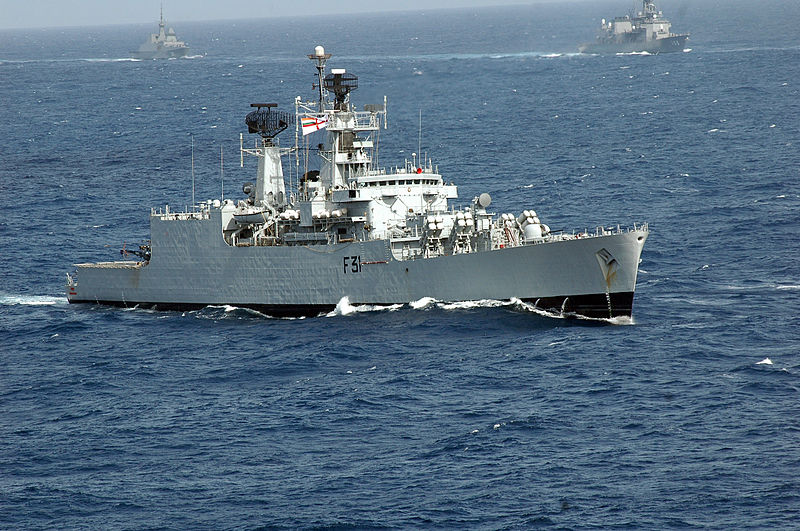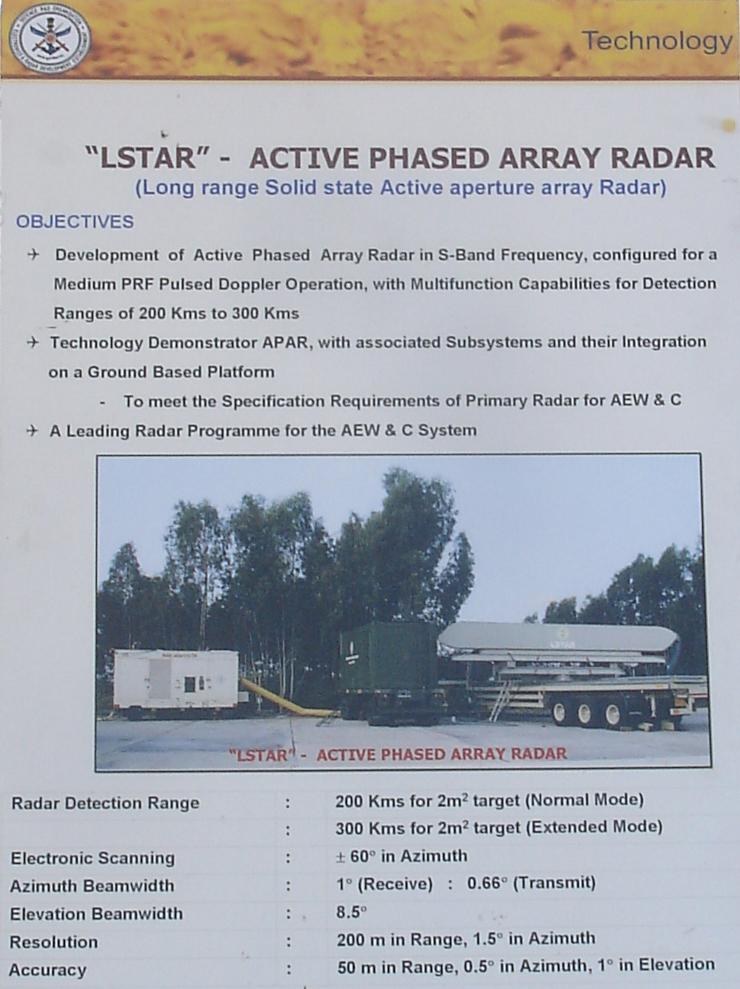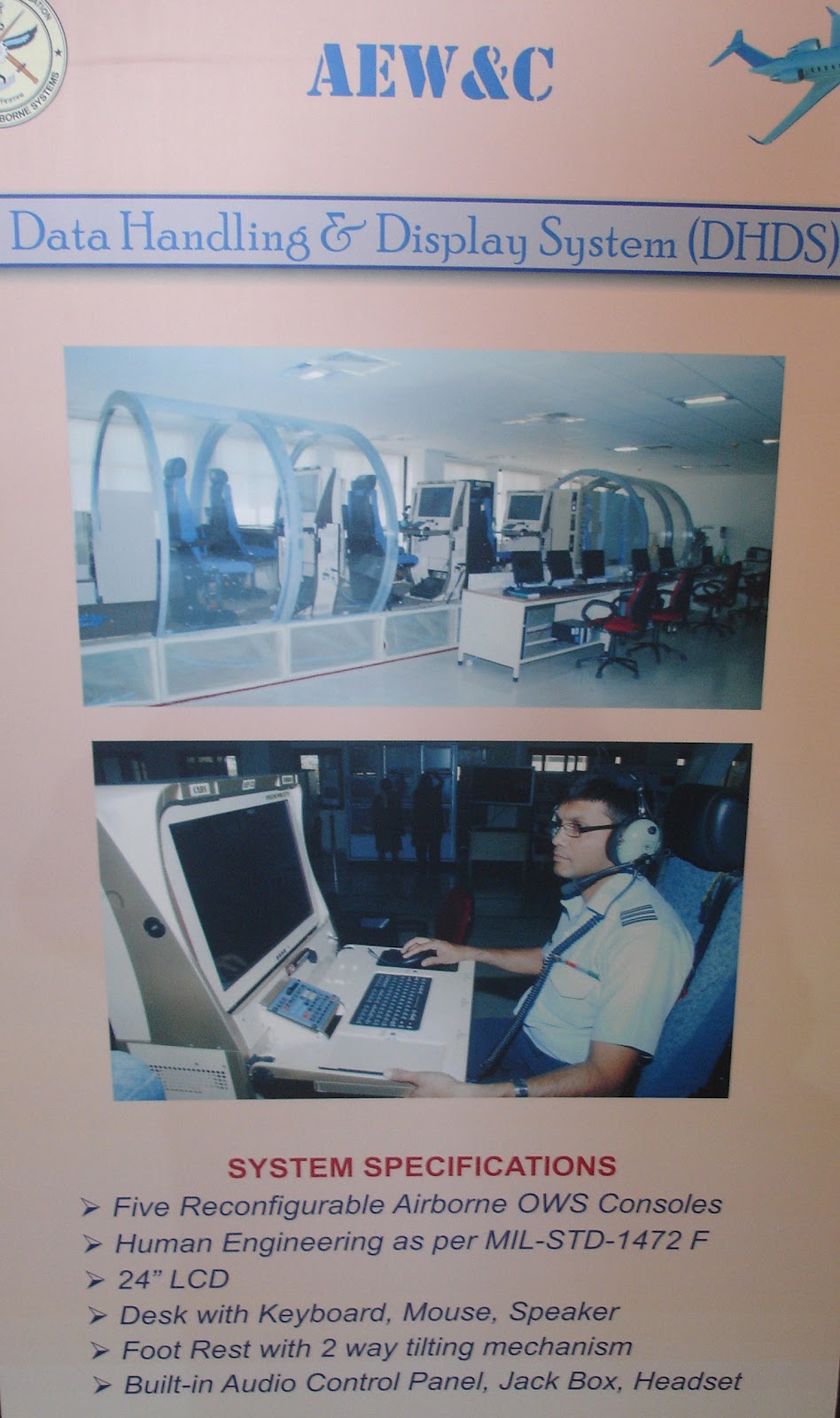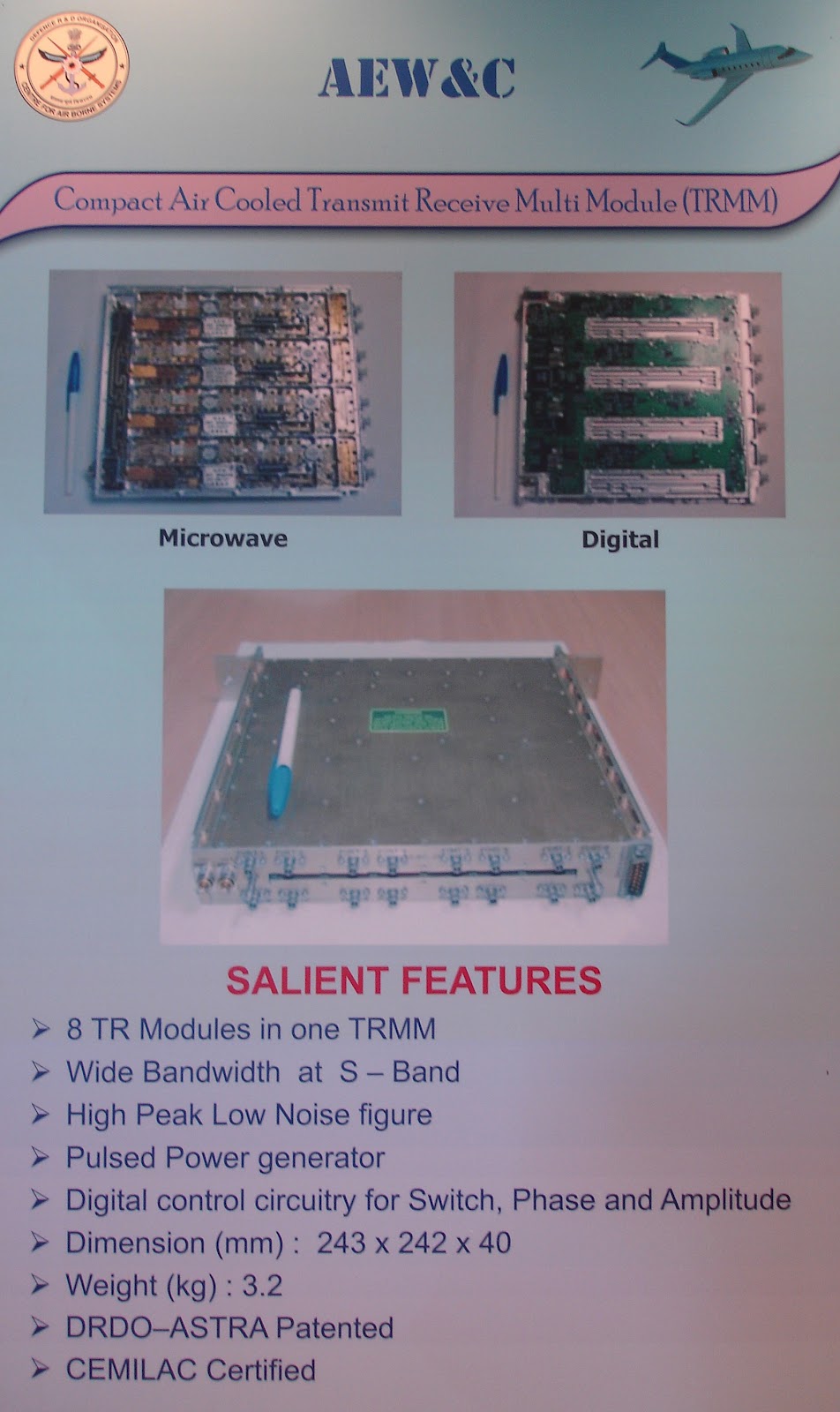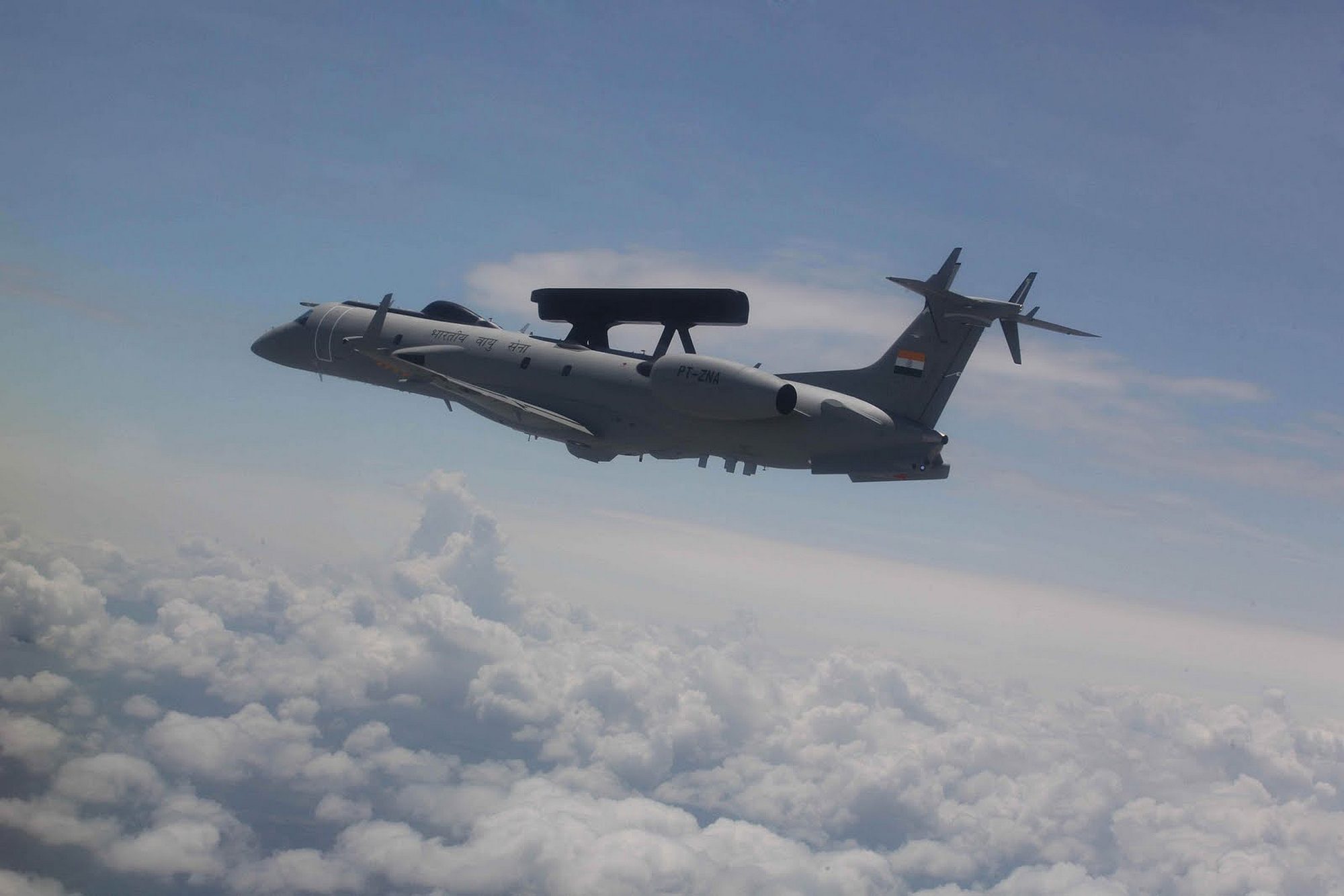acetophenol
SENIOR MEMBER

- Joined
- Feb 17, 2011
- Messages
- 7,006
- Reaction score
- 6
- Country
- Location
182.
The T-72 BLT
The T-72 Bridge Layer Tank is designed & developed by CVRDE and R&DE (Engineers) and is one of the world's most advanced bridging systems fitted on a medium tank. It has the option to carry a 20-metre MLC 60 scissors bridge or a 22-metre 70 MLC scissors bridge. As per the 2002-03 report published by the Ministry of Defence, the first limited series production order of 12 vehicles was placed by the Indian Army and six vehicles were ready for delivery.

The T-72 Bridge Layer Tank heaves up its huge scissor bridge to be laid over a dry, un-passable stream. This is the fastest crossing expedient for mechanised forces.

183.CEASE
EASE - The Canal Embankment ASsault Equipment (CEASE) is a special type of bridging system developed by the Research & Development Establishment (Engineers) (R&DE(Engrs)), Pune. It is suitable for high bank canals up to 4.5m. as encountered in India's western borders. As of 1998 user assisted technical evaluation of the system has been completed successfully. Six tracked vehicles of CEASE has been developed as variants of Vijayanta.
184.Armoured Engineer Reconnaissance Vehicle
The Armoured Engineer Reconnaissance Vehicle (AERV) is an Indian military engineering vehicle developed by Vehicle Research and Development Establishment, Ahmednagar jointly with Research and Development Establishment, Pune, in coordination with C-TEC, as per the QRs of the Indian Army for enabling the combat engineers to conduct recce operations. It is manufactured by Ordnance Factory Medak.

185.
The Arjun BLT

The T-72 BLT
The T-72 Bridge Layer Tank is designed & developed by CVRDE and R&DE (Engineers) and is one of the world's most advanced bridging systems fitted on a medium tank. It has the option to carry a 20-metre MLC 60 scissors bridge or a 22-metre 70 MLC scissors bridge. As per the 2002-03 report published by the Ministry of Defence, the first limited series production order of 12 vehicles was placed by the Indian Army and six vehicles were ready for delivery.

The T-72 Bridge Layer Tank heaves up its huge scissor bridge to be laid over a dry, un-passable stream. This is the fastest crossing expedient for mechanised forces.

183.CEASE
EASE - The Canal Embankment ASsault Equipment (CEASE) is a special type of bridging system developed by the Research & Development Establishment (Engineers) (R&DE(Engrs)), Pune. It is suitable for high bank canals up to 4.5m. as encountered in India's western borders. As of 1998 user assisted technical evaluation of the system has been completed successfully. Six tracked vehicles of CEASE has been developed as variants of Vijayanta.
184.Armoured Engineer Reconnaissance Vehicle
The Armoured Engineer Reconnaissance Vehicle (AERV) is an Indian military engineering vehicle developed by Vehicle Research and Development Establishment, Ahmednagar jointly with Research and Development Establishment, Pune, in coordination with C-TEC, as per the QRs of the Indian Army for enabling the combat engineers to conduct recce operations. It is manufactured by Ordnance Factory Medak.

185.
The Arjun BLT






